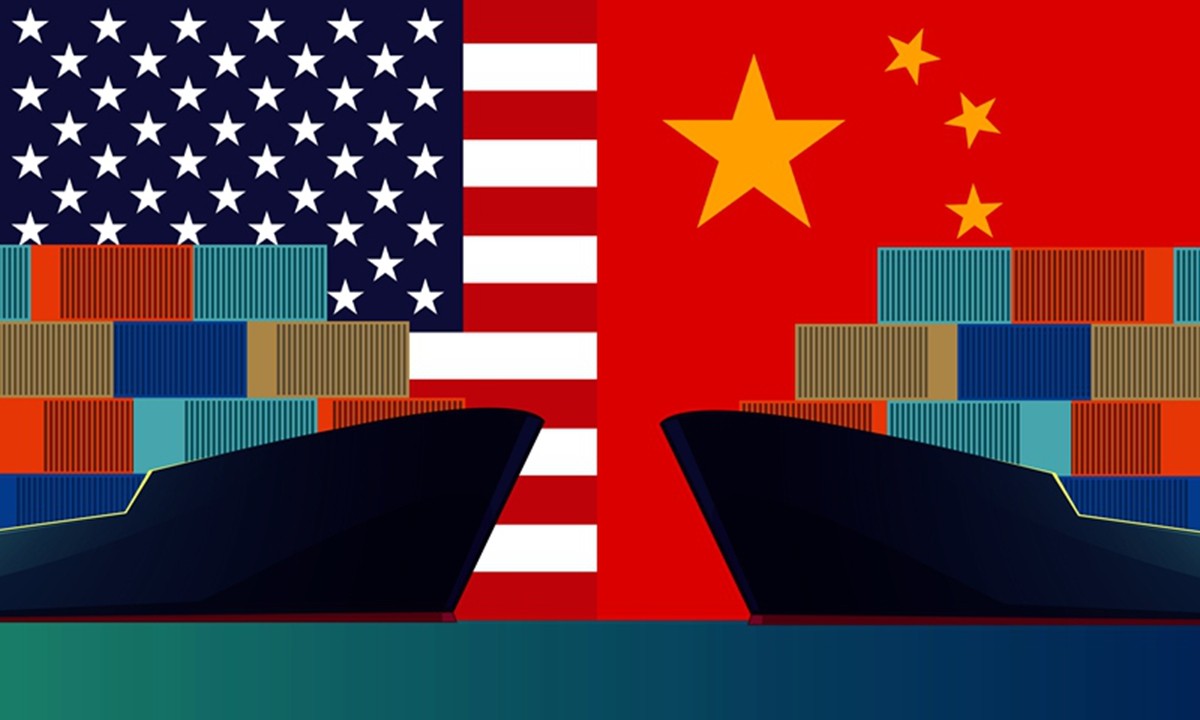 |
| The amount of goods the US imports from China fell to a 10-year low due to geopolitical tensions. (Source: CNBC) |
This happens when Western countries move production and business activities out of the Chinese market.
U.S. efforts to reduce dependence on China and price-sensitive importers are shifting trade to lower-cost countries in Asia, according to the reshoring index by Chicago-based management consultancy Kearney.
By the end of 2023, China's share of US imports from low-cost Asian countries, excluding Japan and South Korea, will fall below 50%, according to Patrick Van den Bossche, one of the report's authors.
Washington and Beijing are each other’s largest trading partners. China accounted for 50.7% of the manufactured goods the US imported from Asia last year, up from nearly 70% in 2013.
While China's exports to the US have declined, India, Taiwan and Malaysia have contributed to an increase in the share of Asian goods consumed by Americans.
The move by companies to move factories out of China was initially driven by tax policies under President Donald Trump, as well as a labor shortage in China that drove up wages and costs.
However, the share of US imports from China has fallen more sharply under President Joe Biden.
"New US regulations such as the De-Inflation Act and the CHIPS and Science Act, which encourage chipmakers to move operations back home, have continued to cause companies to increasingly withdraw investment from China and move to the US and Mexico," Van den Bossche revealed.
In a March 2023 report, analysts at Morgan Stanley said rising labor costs in China, geopolitical tensions and other issues have caused companies to reduce their dependence on the country.
Source




![[Photo] "Beauties" participate in the parade rehearsal at Bien Hoa airport](https://vstatic.vietnam.vn/vietnam/resource/IMAGE/2025/4/11/155502af3384431e918de0e2e585d13a)

![[Photo] Looking back at the impressive moments of the Vietnamese rescue team in Myanmar](https://vstatic.vietnam.vn/vietnam/resource/IMAGE/2025/4/11/5623ca902a934e19b604c718265249d0)



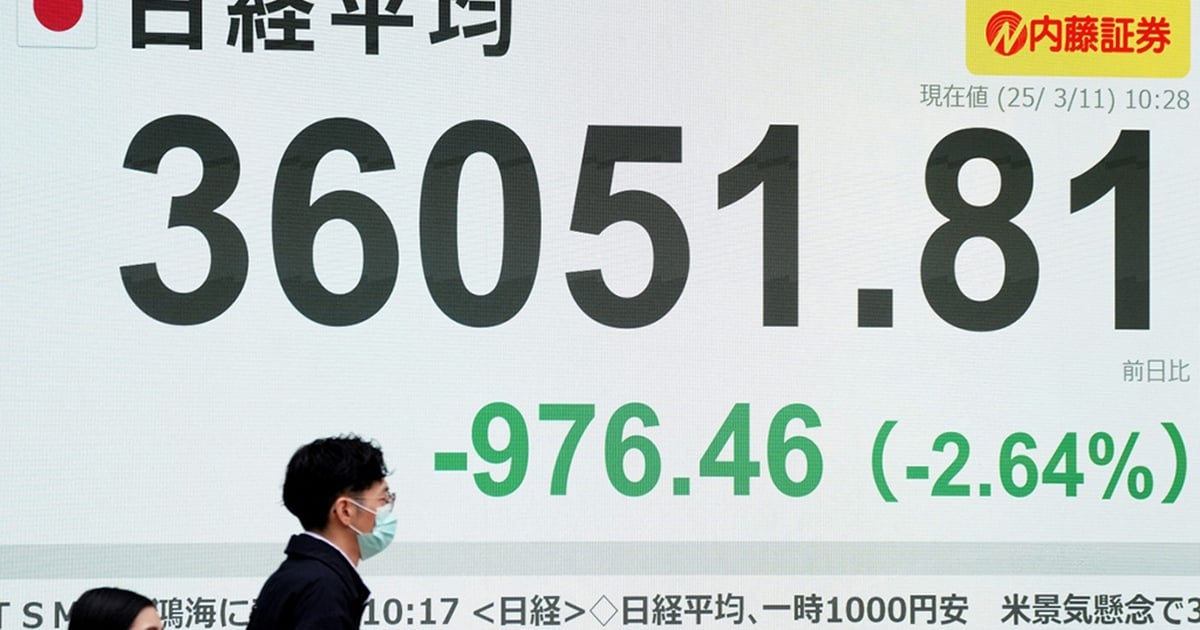



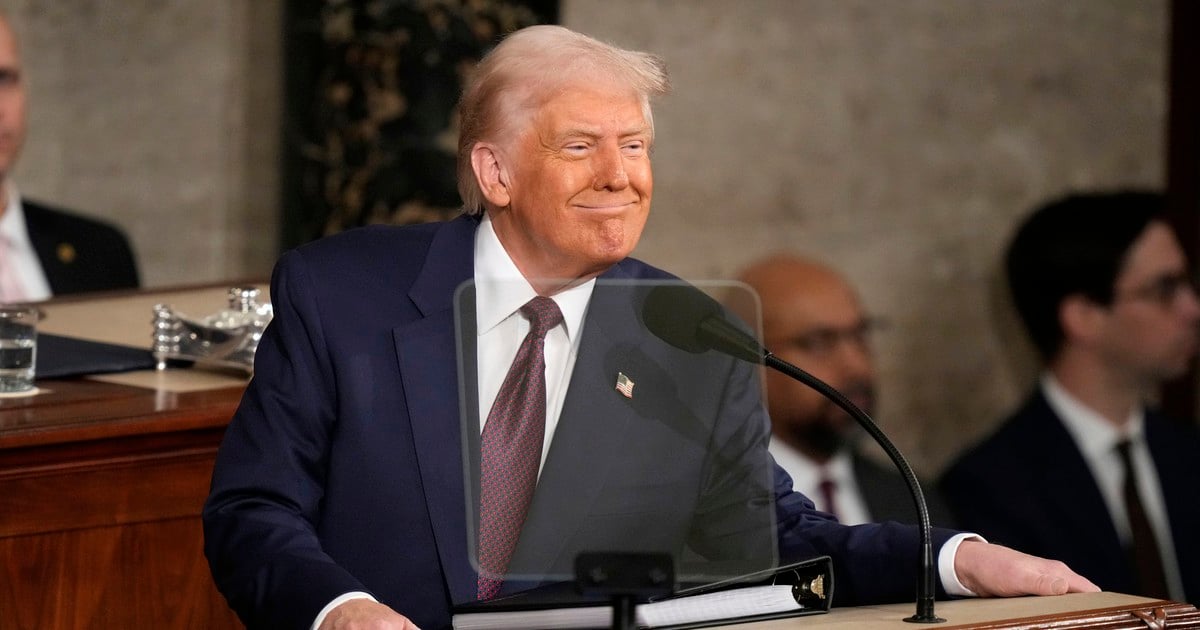
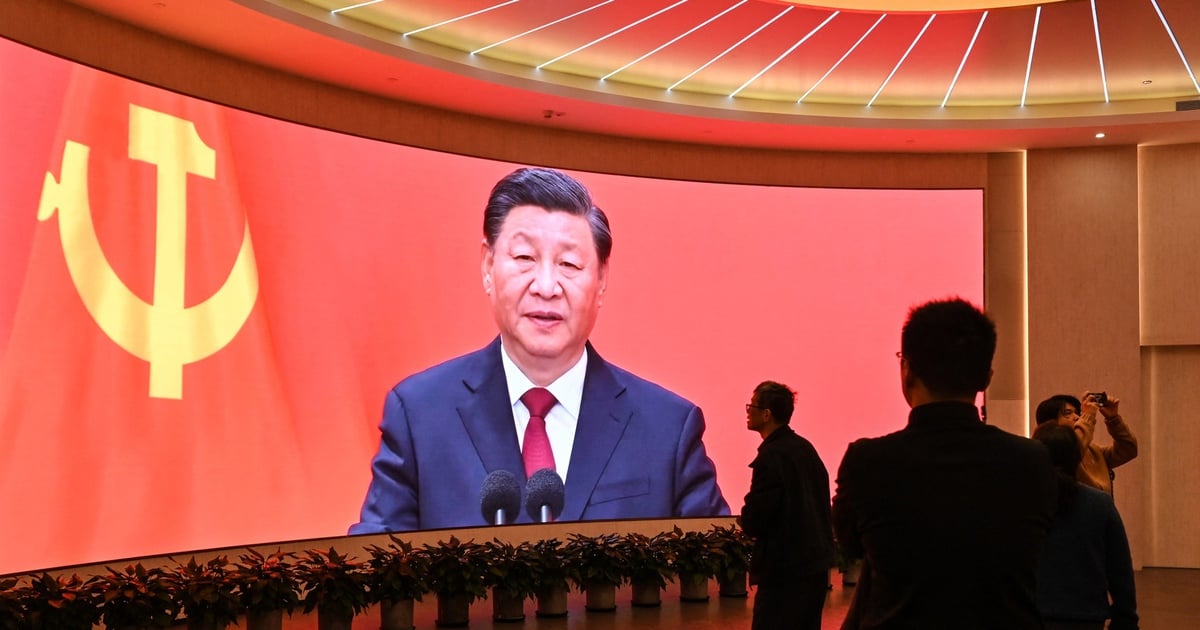
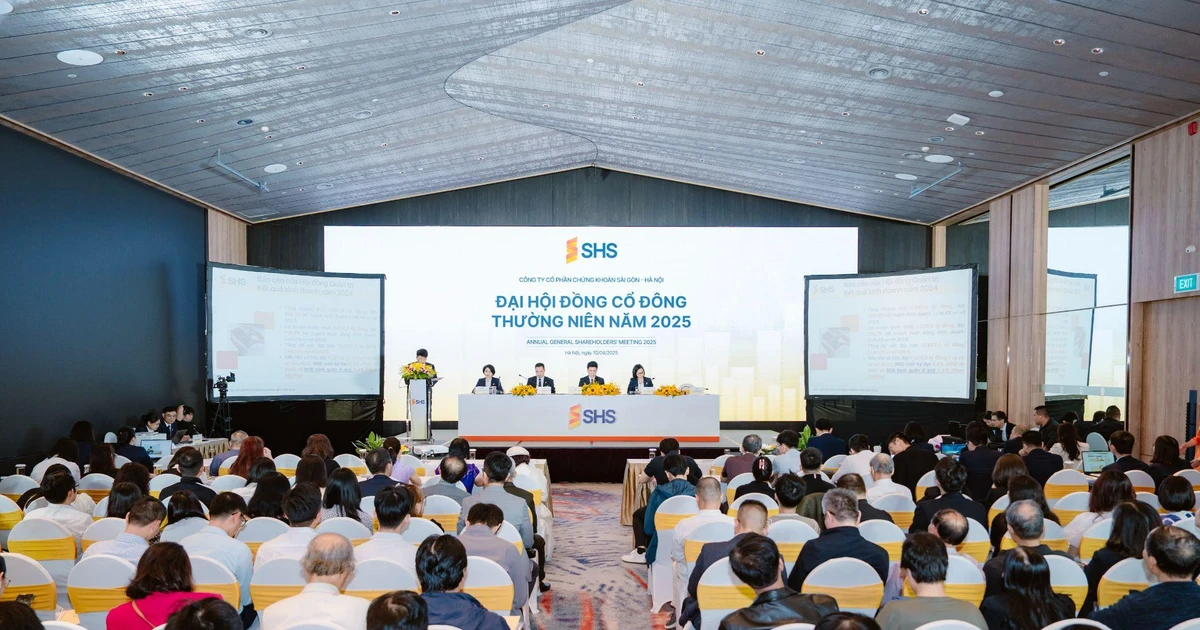









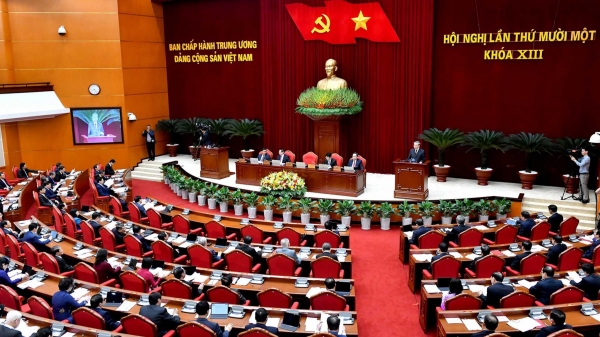


![[Photo] Summary of parade practice in preparation for the April 30th celebration](https://vstatic.vietnam.vn/vietnam/resource/IMAGE/2025/4/11/78cfee0f2cc045b387ff1a4362b5950f)





























































Comment (0)